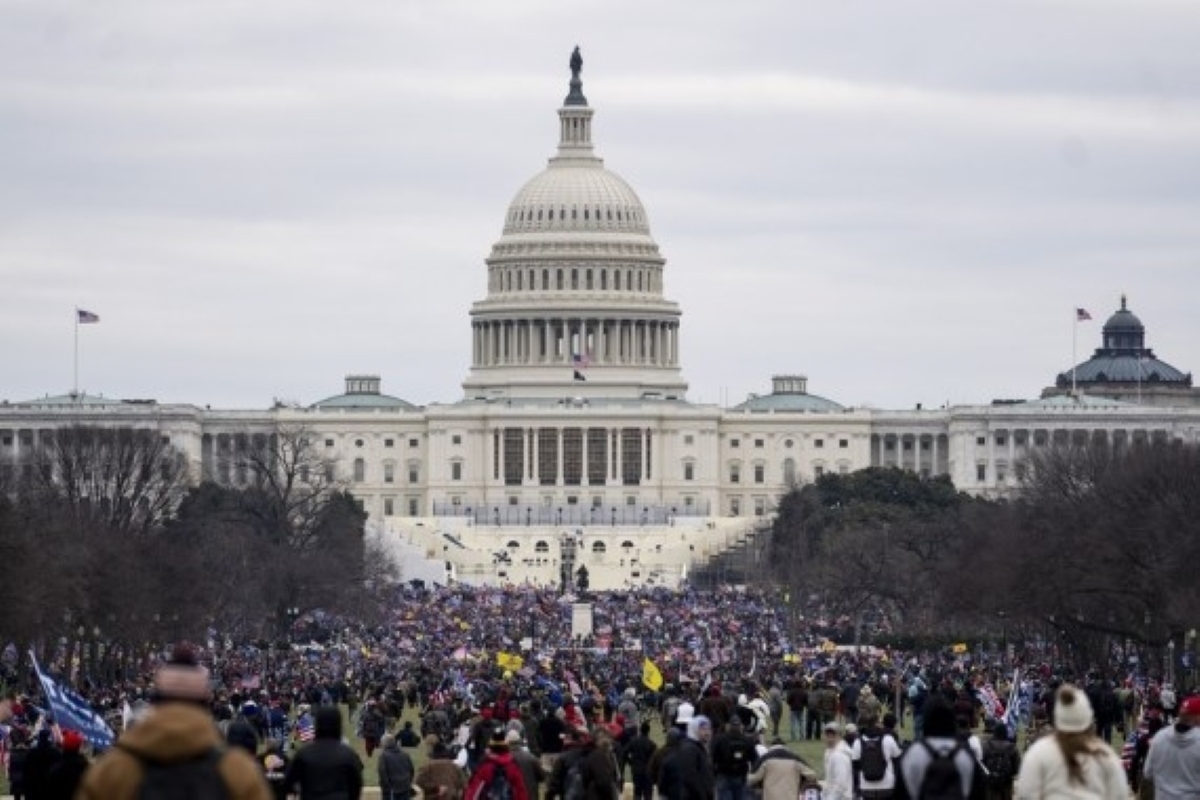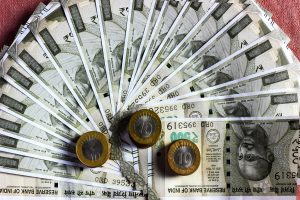From plotting to block certification of Joe Biden’s election victory to bringing weapons and besieging the Capitol, charges against 6 January rioters certainly indicate sedition, and also treason.
But none of the more than 500 defendants accused in the incident has been indicted for either of the charges and with lesser charges and defendants pleading guilty, those accusations may never be formally attached.
Some legal scholars cite legal complexity and historical evidence with has also discredited these charges while defense attorneys say it only adds to the hyperbole around the events of the day.
Overall, the bar for proving sedition isn’t as high as it is for the related charge of treason. Still, sedition charges have been rare.
The last time U.S. prosecutors brought such a case was in 2010 in an alleged Michigan plot by members of the Hutaree militia to incite an uprising against the government.
But a judge ordered acquittals on the sedition conspiracy charges at a 2012 trial, saying prosecutors relied too much on hateful diatribes protected by the First Amendment and didn’t, as required, prove the accused ever had detailed plans for a rebellion.
Among the last successful convictions for seditious conspiracy stemmed from another, now largely forgotten storming of the Capitol in 1954 when four Puerto Rican nationalists opened fire on the House floor, wounding five representatives.
In a landmark ruling in 1807, Chief Justice John Marshall wrote that treason required a citizen actually go to war against the United States, not to just brainstorm or draw up plans for it.
Even recruiting and training rebels for war, he argued, isn’t treason if war is never engaged.
In the history of the US, the government has convicted fewer than 10 people for treason, according to the FBI.
Among the last treason cases was of American-born Iva Toguri D’Aquino — known as “Tokyo Rose” during World War II for her anti-American broadcasts — convicted in 1949 of “giving aid and comfort” to Japan.
President Gerald Ford pardoned her in 1977 after reports U.S. authorities pressured some witnesses to lie.
The only American charged with treason since the World II era was Adam Gadahn, indicted in 2006 for giving “aid and comfort” to al-Qaida.
Before he could be tried, he was killed by a U.S. drone strike in Pakistan.
Carlton Larson, a University of California law professor and author of “On Treason: A Citizen’s Guide to the Law,” ruled out treason for the Jan. 6 rioters.
But he believes some qualify for a provision of seditious conspiracy on “hindering” the execution of U.S. laws. “I think it easily fits,” he said.
The Justice Department is continuing its work to prosecute a record number of cases.
But they have so far opted for comparatively run-of-the-mill charges, like entering a restricted area and obstructing an official proceeding.
Defense attorneys say hyperbole has been a hallmark of the 6 January prosecutions.
On 5 January, another rioter, Guy Reffitt, allegedly spoke of “dragging … people out of the Capitol by their ankles” and installing a new government.
The 48-year-old Texan came prepared for battle on 6 January, carrying a gun and wearing body armor as he pushed through Capitol police lines as officers shot him with rubber bullets, prosecutors said.
Charges against Reffitt include entering a restricted building with a deadly weapon, as well as obstructing justice by threatening his teenage children. The oil industry consultant allegedly told them later in January they’d be traitors if they turned him in. He added, “Traitors get shot.”
In an unapologetic note written from jail and filed with the court in May, Reffitt denied there had ever been a conspiracy, and provided a chilling reason.
“If overthrow (of the government) was the quest,” Reffitt wrote about 6 January, “it would have no doubt been overthrown.”











